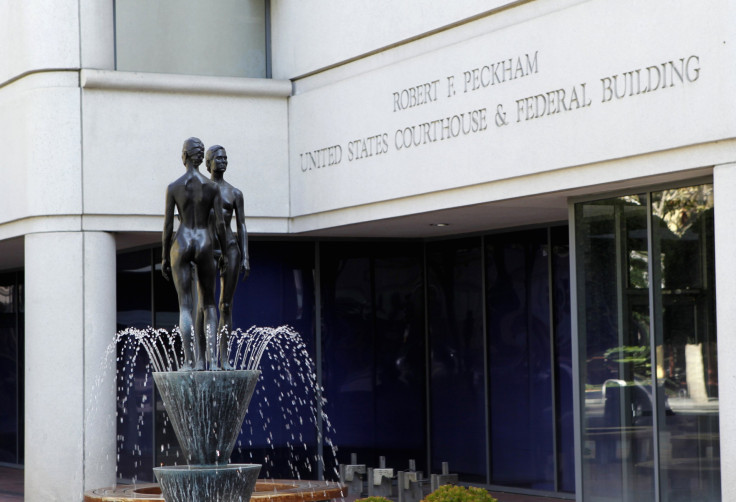California Federal Court Update: Backlog Of Cases Reaches Crisis Level, Judge Says

Too few federal judges in California trying to cover too many cases has reached a crisis level, and may force some of the judges to retire from the bench because they are burned-out. A federal judge in the U.S. District Court for the Eastern District of California said he and his five colleagues sometimes work up to 12 hours a day, seven days a week, to manage the increasing number of cases, according to KCRA-TV in Sacramento.
"I think there's some frustration that's starting to get to the judges," U.S. District Judge Morrison England told KCRA-TV. "We're doing everything we possibly can to try to come up with new and inventive ways to get the cases out," England went on to say.
At the end of 2014, the court had 5,880 civil cases pending, almost twice the national average, according to the Wall Street Journal. England said earlier this year that some cases in the backlog were nearly 10 years old.
At least part of the problem comes from the limited number of judges allowed to serve on the court, which has been just six since 1978. The Judicial Conference of the United States, which frames policy guidelines for courts, has recommended doubling the number of judges, but past proposed legislation to increase the limit has failed in Congress.
In some cases, the court will look to retired judges to help with the caseload, but they can only preside over certain hearings. Most cases require a full-time judge.
With criminal trials getting priority because defendants have the right to a speedy trial, civil cases tend to pile up. In Sacramento, some civil cases may not go to trial for three years, whereas most cases in other areas go to trial in a little more than two years.
The Immigration Court backlog has now risen to nearly 450,000 cases nationwide. California and Texas lead the... http://t.co/eEuPCu6iPH
— Thomas Price PLLC (@thomaspricepllc) August 28, 2015
At the end of October 2014, 330,000 civil cases were pending in federal courts nationwide. That number is up 20 percent since 2004.
© Copyright IBTimes 2025. All rights reserved.




















